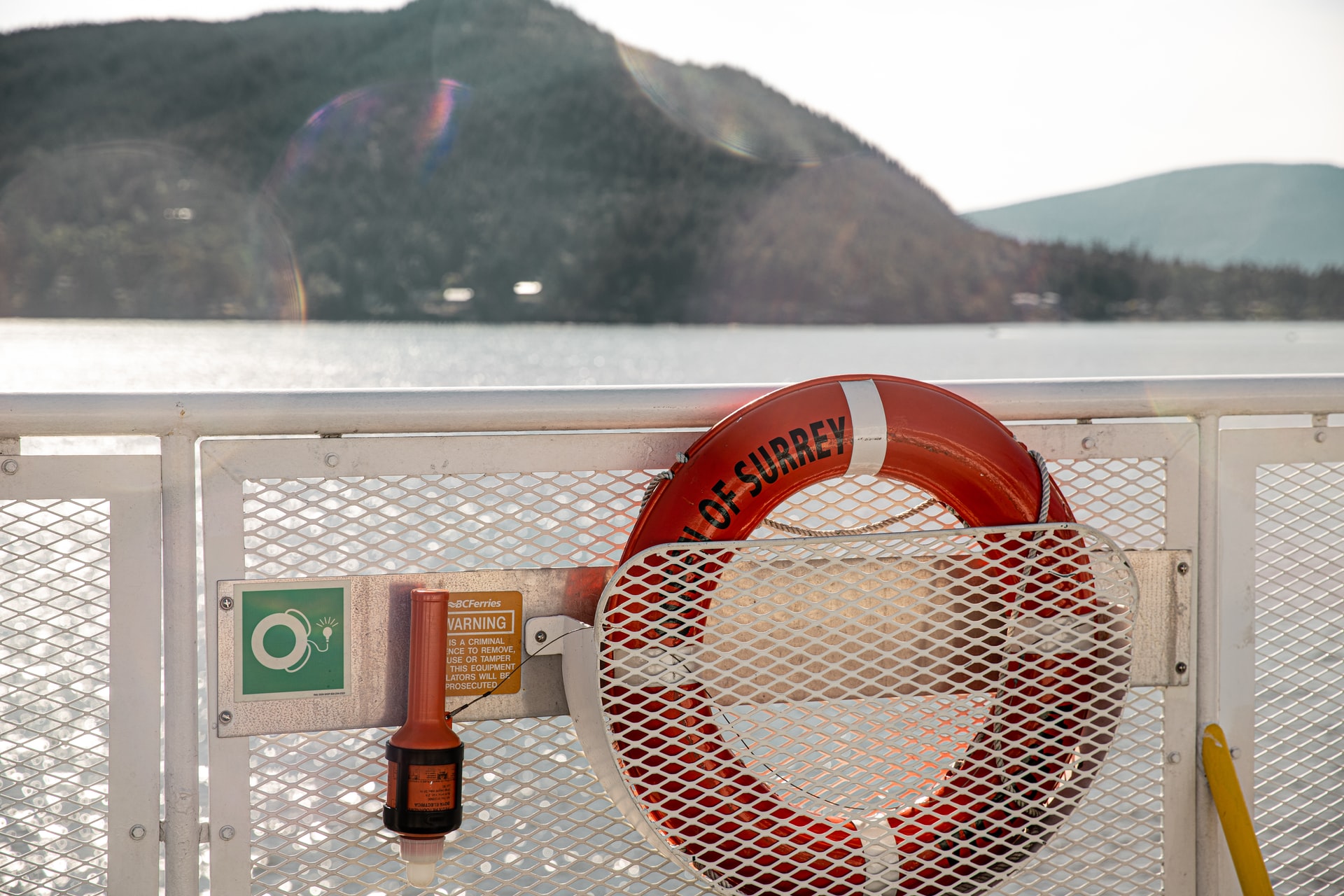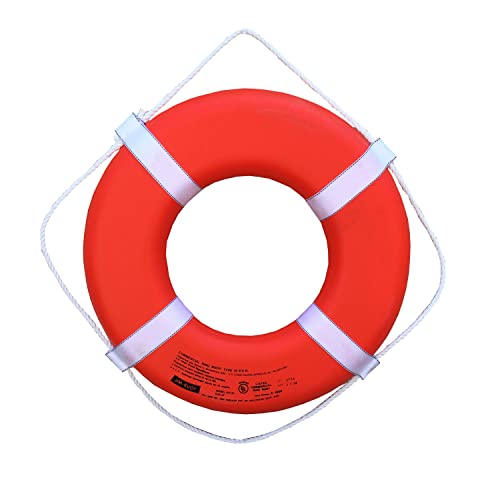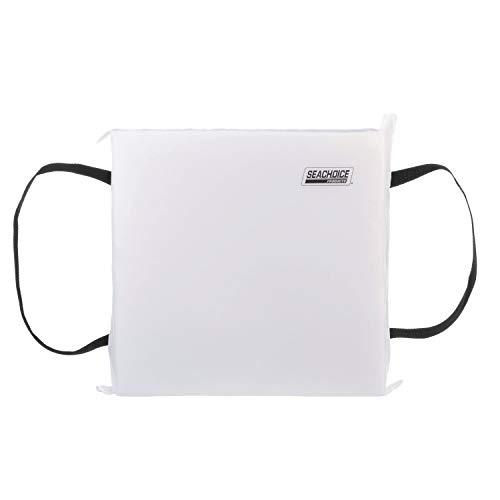When you’re traveling on a boat, safety always comes first. There are several types of floatation devices that you can use while boating, and in this article, we’ll talk about Type IV PFD and its main advantage.
What Are the Different Types of PFDs?
PFDs or personal floatation devices are used to guarantee the safety of everyone on the boat. According to law, PFDs should be carried on board all vessels while traveling on water. As a result, they represent the most critical piece of safety equipment that you should own before traveling on your boat.
There are several types of PFDs available, so you need to think about a few things before adding one to your boat.
- Think of your boating location and activity to make sure that the device is appropriate for the boating conditions.
- The PFD should be the right size and should have enough buoyancy to support your weight or the person’s weight using the device in the water.
- It’s crucial to make sure that the US Coastal Guards approve your PFDs; otherwise, you will get into legal trouble, and every onboard might not be safe.
Here are the different types of PFDs.
Type I
This is also known as the offshore life jacket. It’s specially designed for sailing or boating in rough or open waters, where rescue might be delayed. This is the safest type of PFDs because it turns unconscious wearers face-up. However, it’s difficult to swim in.
Type II
This PFD will work if you’re sailing in calm inland waters. If you’re using the boat near the shore and the water and weather conditions are calm with no risk of dangerous boating conditions, this PFD will work for you because it doesn’t feel awkward or heavy. Unlike Type I, in some cases, this one might not turn an unconscious person face-up, so it’s not as safe as Type I.
Type III
This is known as a floatation aid. A fishing vest or a water sports vest is a Type III PFD. It should be used in calm inland waters, where there’s a good chance of rescue. Wearers should place themselves up, so it won’t work if someone is unconscious.
Type IV
This PFD isn’t designed to be worn. It’s incredibly versatile as it can be used by people and pets, as long as rescue is present. It’s usually used in areas where there’s heavy boat traffic. It’s thrown in the water, and people hold onto it until rescue arrives.
Type V
This special PFD is used in extreme conditions as it might be designed to maintain the body temperature or protect from sharp objects. Boardsailing and work vests belong to Type V PFDs.
What Is a Type IV PFD?
Unlike all other types of PFDs, this one isn’t designed to be worn. It’s a throwable device that is thrown to a person or a pet in water. The individual in the water will hold onto the PFD until help arrives.
Type IV PFD won’t work if it’s used in rough waters where there are large waves or strong currents and winds because people will not be able to hold onto the device. Strong currents will cause the PFD to be tossed around and away from the person in the water. As a result, they might get too tired while waiting for help, which can be extremely dangerous if they lose their grip.
You should also not throw Type IV PFD to unconscious individuals or non-swimmers. If someone is not conscious, they won’t be able to hold onto the device. People who don’t know how to swim might not be able to use this PFD unless they’re wearing a life jacket or life vest.
According to law, it’s not required to have a Type IV PFD if your boat measures under 16 feet long. However, it’s recommended that every boat, regardless of its size, has this PFD installed.
What is the Main Advantage of a Type IV PFD?
Type IV PFD is a versatile and potent floatation device that everyone can use on the boat. The main advantage of a Type IV PFD is that it doesn’t have a size restriction, unlike other types of PFD. It can work for both men and women, which makes it more versatile than other devices that come in several sizes and in different models for men and women. Here are some of the other benefits of having a Type IV PFD on your boat.
- Type IV PFDs can be used to mark the location of the person who fell into the water. People on the boat or in a rescue helicopter can use the PFD to mark the location or area where the person fell or was last seen to begin the rescue mission.
- This PFD will drift with the current, so it can help determine the direction in which the person might have been washed to. If the person who fell into the water was wearing a life jacket, the boat operator could keep an eye on the Type IV PFD to see where the wind will be pushing him or her, so they can narrow down the search area.
- A rope can be attached to Type IV PFDs to tow the person who fell into the water back to the boat. This is safer than having someone jump into the water to rescue the person who fell.
Different Kinds of a Type IV PFD
There are three different kinds available, so you can choose the right one for your boat.
Ring Buoys
These are the most common PFDs. You can even see ring buoys in swimming pools and along docks because they’re relatively easy to use. Some of the modern models feature lights that can be activated to facilitate rescue efforts at night time.
Buoyant Cushions
These look like the cushions of a seat. A person in the water can insert their hands into the 2 straps on the side to make sure that the buoyant cushion will not float away. An individual can also put the cushion under their chest and use their feet to push their body forward towards the boat.
Horseshoe Buoys
These look very much like ring buoys, but they’re shaped like horseshoes.
Wrap Up
Although there are different types of PFDs, Type IV devices are the most versatile ones. They work best when the current isn’t too strong, and they will help facilitate the rescue mission in more challenging conditions.



